The Nature of Memory
advertisement
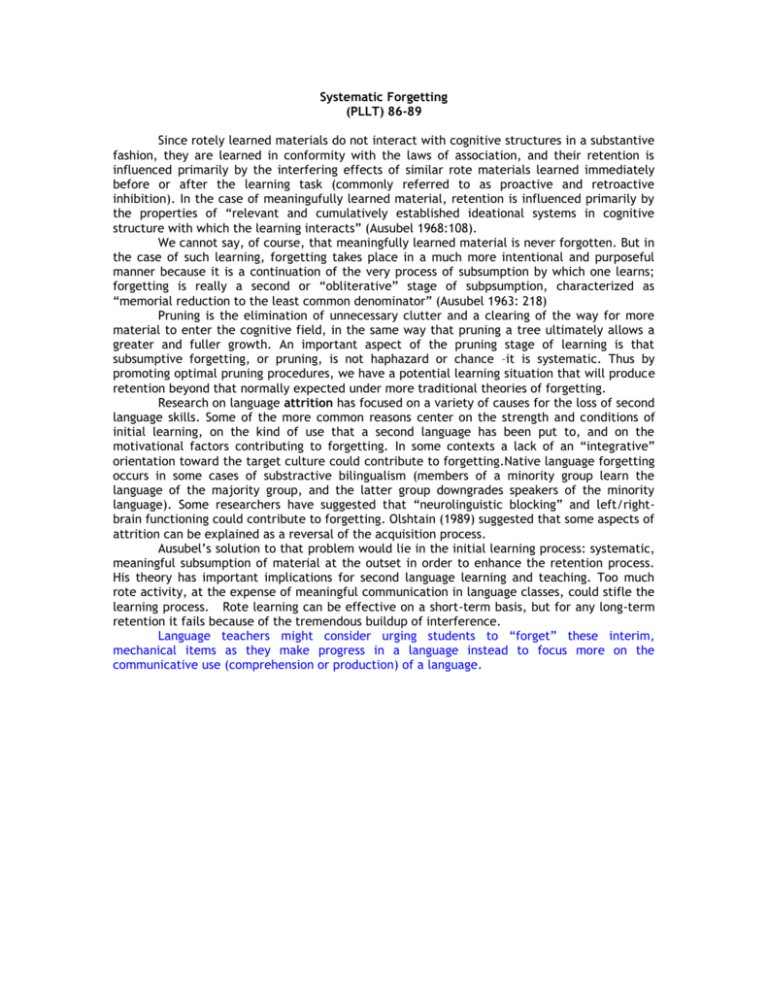
Systematic Forgetting (PLLT) 86-89 Since rotely learned materials do not interact with cognitive structures in a substantive fashion, they are learned in conformity with the laws of association, and their retention is influenced primarily by the interfering effects of similar rote materials learned immediately before or after the learning task (commonly referred to as proactive and retroactive inhibition). In the case of meaningufully learned material, retention is influenced primarily by the properties of “relevant and cumulatively established ideational systems in cognitive structure with which the learning interacts” (Ausubel 1968:108). We cannot say, of course, that meaningfully learned material is never forgotten. But in the case of such learning, forgetting takes place in a much more intentional and purposeful manner because it is a continuation of the very process of subsumption by which one learns; forgetting is really a second or “obliterative” stage of subpsumption, characterized as “memorial reduction to the least common denominator” (Ausubel 1963: 218) Pruning is the elimination of unnecessary clutter and a clearing of the way for more material to enter the cognitive field, in the same way that pruning a tree ultimately allows a greater and fuller growth. An important aspect of the pruning stage of learning is that subsumptive forgetting, or pruning, is not haphazard or chance –it is systematic. Thus by promoting optimal pruning procedures, we have a potential learning situation that will produce retention beyond that normally expected under more traditional theories of forgetting. Research on language attrition has focused on a variety of causes for the loss of second language skills. Some of the more common reasons center on the strength and conditions of initial learning, on the kind of use that a second language has been put to, and on the motivational factors contributing to forgetting. In some contexts a lack of an “integrative” orientation toward the target culture could contribute to forgetting.Native language forgetting occurs in some cases of substractive bilingualism (members of a minority group learn the language of the majority group, and the latter group downgrades speakers of the minority language). Some researchers have suggested that “neurolinguistic blocking” and left/rightbrain functioning could contribute to forgetting. Olshtain (1989) suggested that some aspects of attrition can be explained as a reversal of the acquisition process. Ausubel’s solution to that problem would lie in the initial learning process: systematic, meaningful subsumption of material at the outset in order to enhance the retention process. His theory has important implications for second language learning and teaching. Too much rote activity, at the expense of meaningful communication in language classes, could stifle the learning process. Rote learning can be effective on a short-term basis, but for any long-term retention it fails because of the tremendous buildup of interference. Language teachers might consider urging students to “forget” these interim, mechanical items as they make progress in a language instead to focus more on the communicative use (comprehension or production) of a language.

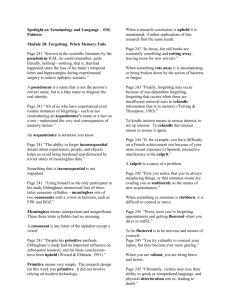

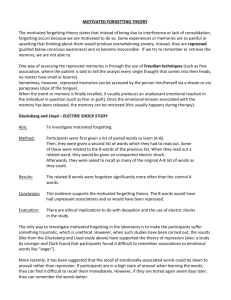


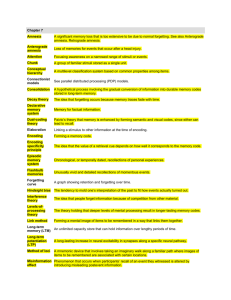
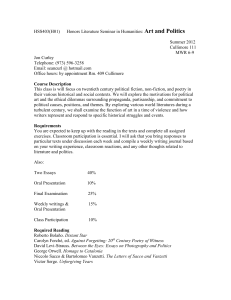
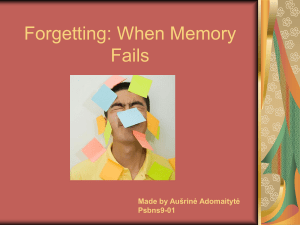
![This article was downloaded by: [Chan, Jason C. K.] On: 18 January 2010](http://s2.studylib.net/store/data/010627724_1-f3da65044953180b96823761360f81a8-300x300.png)